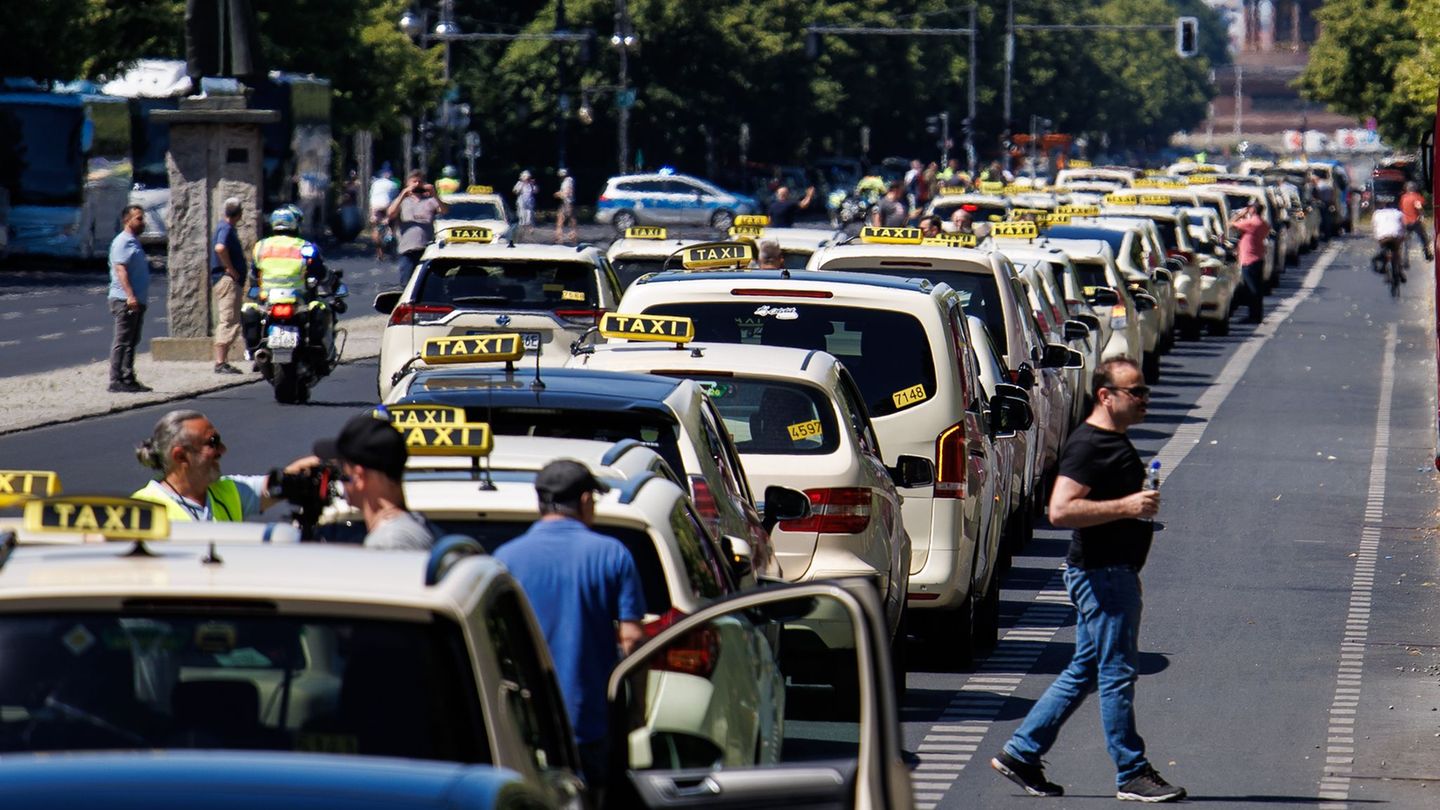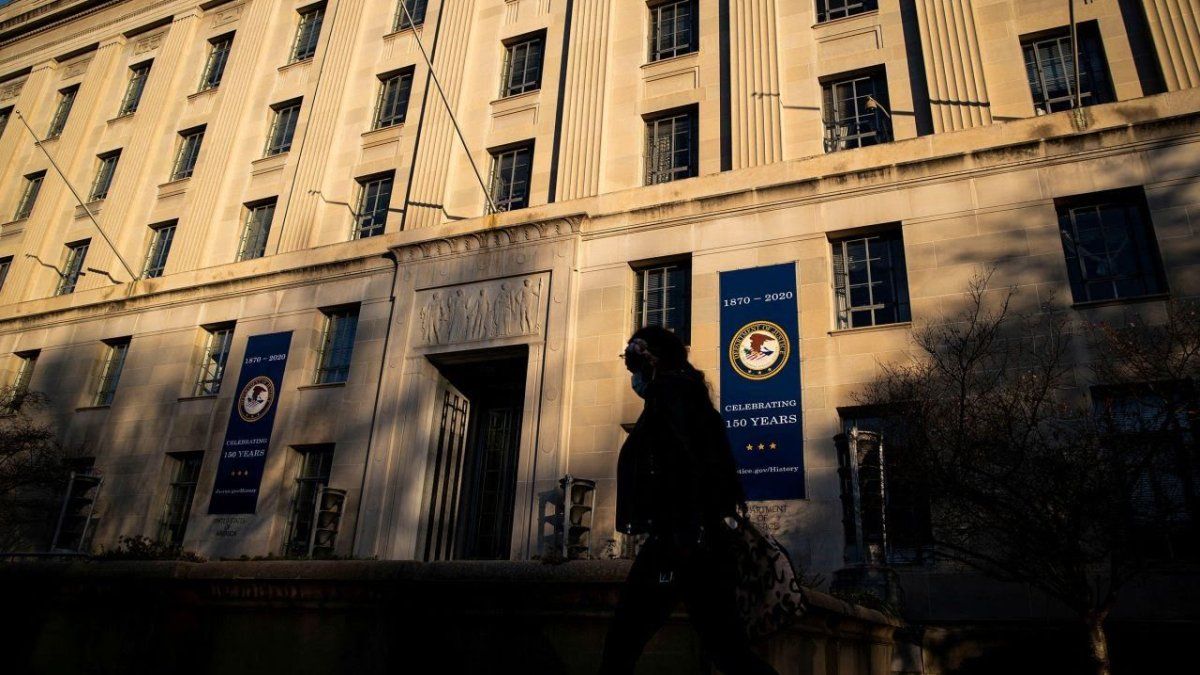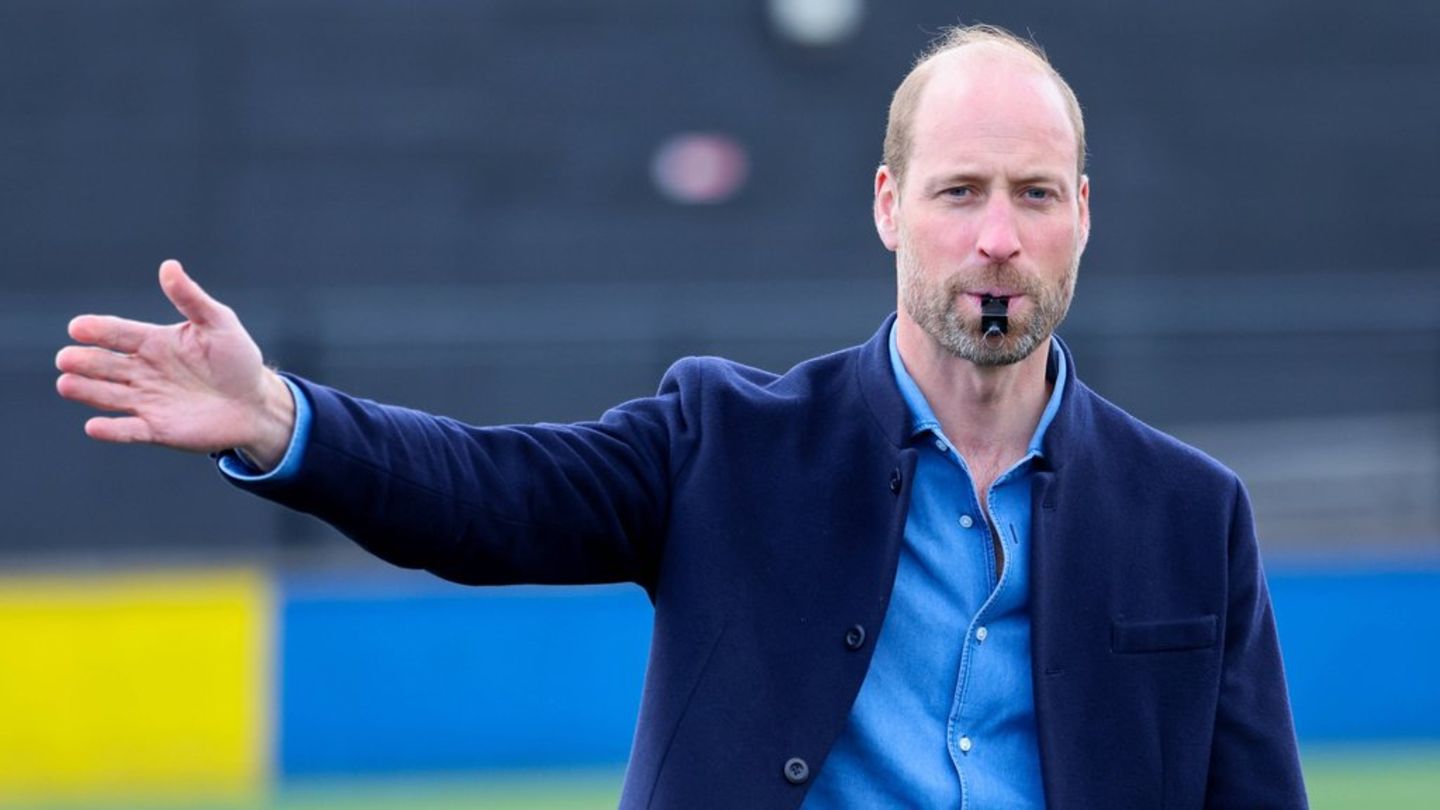NATO Secretary General Jens Stoltenberg wanted to negotiate long-term support commitments for Ukraine. However, some member states are not playing along. Now there is a compromise.
NATO Secretary General Jens Stoltenberg’s attempt to persuade the allies to commit to multi-year military aid for Ukraine has failed. In negotiations before the summit in Washington, which begins next week, the 32 allies were only able to agree to provide support of at least 40 billion euros over the next year. What happens after that will be discussed at the summit in 2025. It will be hosted by the Netherlands.
It also remains unclear how a fair distribution of the burden is to be ensured. According to information from the German Press Agency, no concrete agreement was reached in the negotiations on who would contribute how much of the minimum 40 billion euros. The NATO states have therefore only vaguely stated that they want to try to contribute a share that roughly corresponds to their share of the economic power of all NATO states.
The new Ukraine commitment for a period of twelve months is to be made public next week at the meeting of heads of state and government. It is the result of months of negotiations and was adopted by the North Atlantic Council on Wednesday in a written procedure.
Multi-year commitment was the goal
NATO Secretary General Stoltenberg recently called on the Allies to make a multi-year funding commitment for military aid worth at least 40 billion euros annually. This was also about showing Russian President Vladimir Putin that he would not win his war of aggression against Ukraine, he explained at the end of May at a meeting with the foreign ministers of the 32 NATO states in Prague. The amount of 40 billion euros would roughly correspond to the annual support provided by the Allies since the start of the Russian invasion, he argued.
When asked how a fair burden-sharing could be ensured, Stoltenberg said at the time that one option would be to calculate the contribution of the individual member states on the basis of their gross domestic product. According to diplomats, however, this met with resistance, especially from member states that have so far only spent a comparatively small proportion of their economic power on military support for Ukraine. These include France, Spain and Italy.
For countries like Germany or the Baltic states, however, the proposal would not have been a problem because they have recently received a relatively high share of military aid from NATO states in relation to their GDP. Most recently, Germany had planned to receive more than seven billion euros for the current year.
Regular reports on the Allies’ efforts are now intended to put pressure on countries with comparatively low levels of military aid. According to the plans, these will be produced twice a year.
According to information from alliance circles, the countries that did not want to make a multi-year commitment included the USA in particular. There, support for Ukraine is currently an issue in the presidential election campaign between incumbent Joe Biden and challenger and former President Donald Trump. Trump recently claimed that he could stop the war in Ukraine within 24 hours.
Plan for coordination mission and special envoy is in place
The preparations for a package of practical support for Ukraine, which has been attacked by Russia, have been somewhat simpler than the discussions about money. It is almost certain that NATO will launch a new mission at the summit to coordinate arms deliveries and training activities for the Ukrainian armed forces. The headquarters for this will be set up in Wiesbaden, Germany.
According to a spokesman, it was also decided to send a kind of special representative to the Ukrainian capital Kyiv. The high-ranking official will be responsible for managing the alliance’s political and practical support on site.
NATO has had an official representation in Kyiv for almost a decade, which also manages a liaison office that has existed since the late 1990s and an information and documentation center. Among other things, it takes care of contacts with Ukrainian ministries and authorities and is intended to promote political dialogue and practical cooperation between NATO.
Project for the Trump scenario
The NATO project to coordinate arms deliveries and training activities is also seen as a precaution in the event of a possible return of Trump to the US presidency from January 2025. Statements by the Republican in the past had raised doubts as to whether the USA would continue to support Ukraine under his leadership in the defensive war against Russia as it has done so far. The alliance fears that a political change of course in Washington could also affect the previously US-led coordination of arms deliveries and training activities for the Ukrainian armed forces.
Source: Stern
I have been working in the news industry for over 6 years, first as a reporter and now as an editor. I have covered politics extensively, and my work has appeared in major newspapers and online news outlets around the world. In addition to my writing, I also contribute regularly to 24 Hours World.




